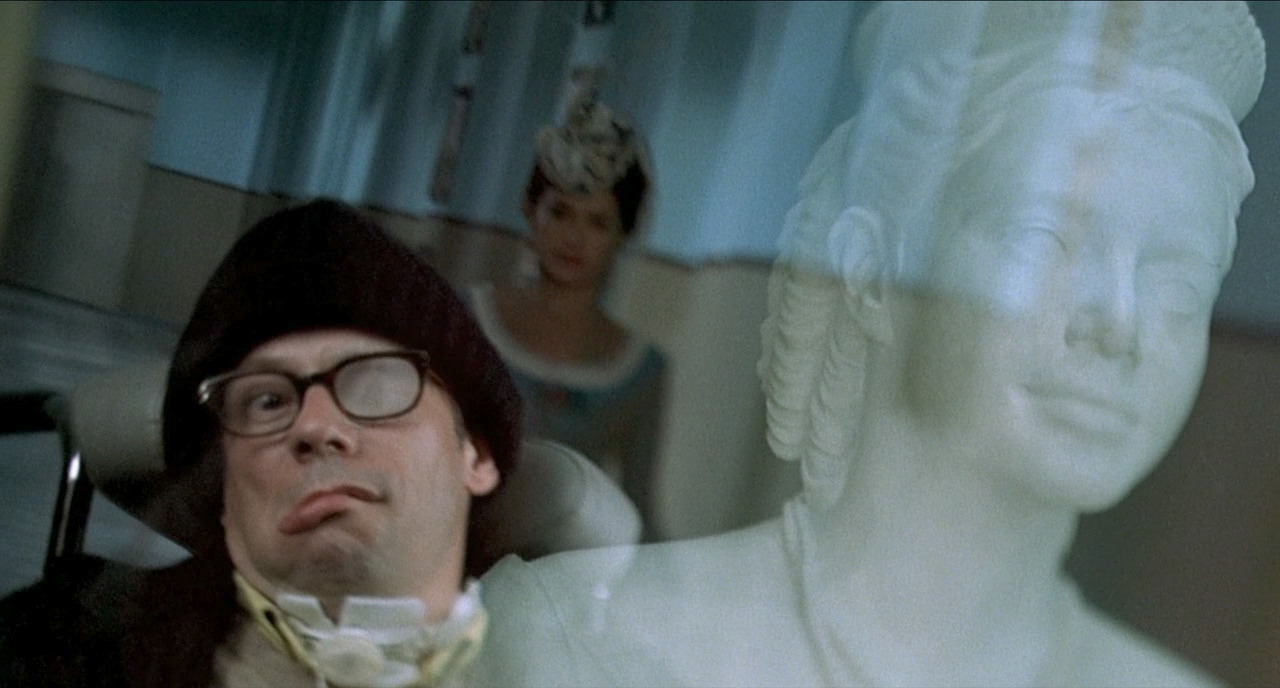
Throughout film history, artists have brought an original perspective to filmmaking. Artists hold an understanding of the formal elements and principles of art, including the interactions between space, color, emphasis, movement, and rhythm.
Beyond that, the tactility of producing visual art contributes to the manner in which artists construct the mise en scène of their films. Artist made films often draw from the ideas of contemporary art practices and art history, contributing to contextually informed films.
The following is a list of ten films that showcase the distinct perspective that artists bring to filmmaking:
1. Emak-Bakia (Man Ray, 1926)
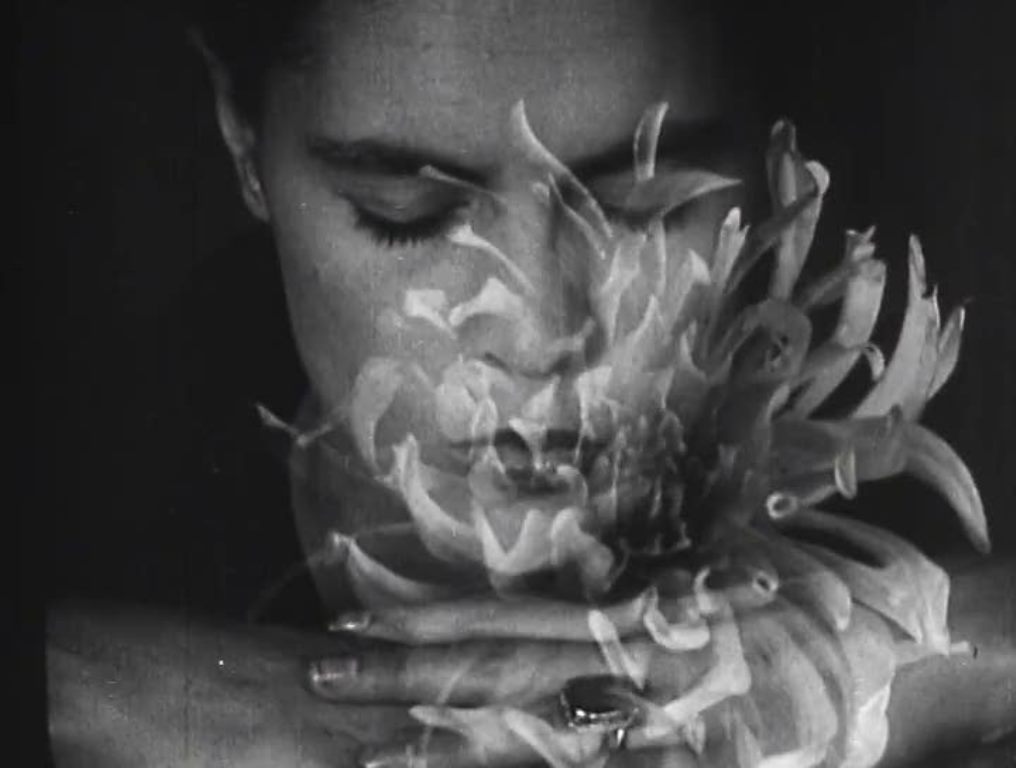
Man Ray’s Emak-Bakia is composed of a series of seemingly discontinuous images that explore consciousness and dreams. The film’s lack of conventionality works to assert the film as a work of art, which is fitting seeing as Man Ray is primarily known as a visual artist.
Emak-Bakia relies on poetic imagery as opposed to words. The surreal sequences composing the film are short of straightforward logic, but they draw from contextual references.
Emak-Bakia is an assemblage of ideas from Dada, Surrealism, Futurism and Cubism, movements bourgeoning at the time of the film’s creation. The film’s composition features image fragments that compose a whole, alluding to Dada collages that were composed of items like tickets and wrappers, the fragments of daily life.
Dually, Emak-Bakia asserts a Surrealistic dream-like quality. Man Ray was a primarily leader of Dada and Surrealism, while also working closely with the leaders of other art movements in Europe and America.
The camera work of Emak-Bakia blurs the line between realism and abstraction, a highly explored topic of modern art. Man Ray’s work as a whole, including his photography and works on canvas, is characterized by a balancing act of flatness, shape and pattern against visual reality.
2. Metropolis (Fritz Lang, 1927)
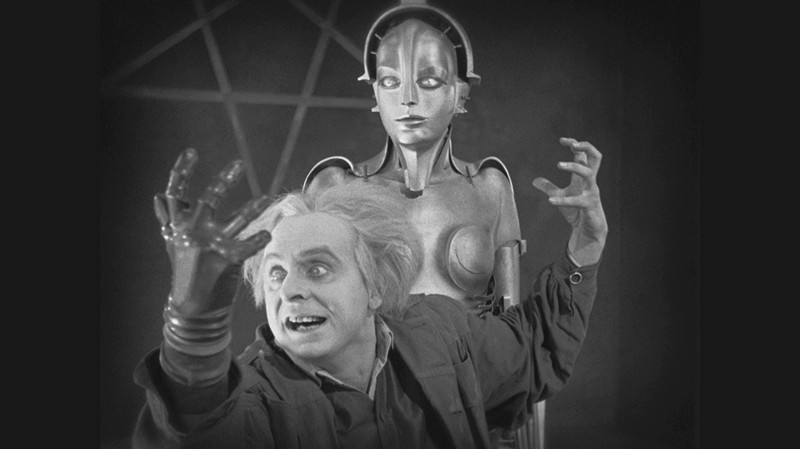
Fritz Lang studied painting in Munich and Paris after becoming fascinated by the works of painters including Egon Schiele and Gustav Klimt. Lang showed his work in Paris in 1914 before completing his army service in World War I. Upon his return he took an interest in filmmaking and in time he began working on Metropolis.
Metropolis takes place in a dystopian future society with the plot guided by the love story of a man and a woman attempting to bridge the gap between their strongly divided societal groups. Metropolis’ grandeur is marked by the use of special effects, large sets, and fantastical elements. It is an orchestra of technological and filmic achievement.
The film asserts connections to the booming artistic movements of its time. The Art Deco movement, which flourished in the 1920s, embraced technology, as evident in the design and architecture of the period.
Metropolis explores Art Deco’s themes of technology and industry, while following its visual style. Dually, the architecture featured in the film also conveys parallels to Bauhaus architecture. While Metropolis tells a story of the future, the film’s aesthetic embraces modernity.
3. Un Chien Andalou (Luis Buñuel with Salvador Dali, 1929)
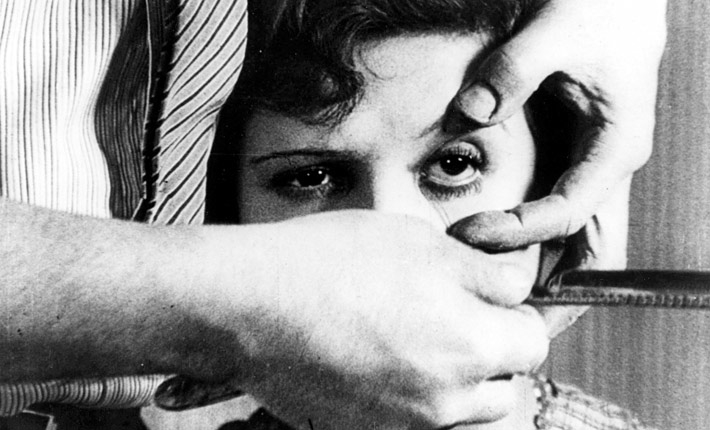
Luis Buñuel, known for films including The Discreet Charm of the Bourgeoisie (1972) and Belle de Jour (1967), teamed up with Surrealist artist Salvador Dali in 1929 for Un Chien Andalou.
Dali, primarily known for his work as a painter, explored the use of objects as symbols. He built his career on shock value, but his sensational character led him through a career of artistic exploration and in the case of Un Chien Andalou, defining film as a form of art.
Un Chien Andalou breaks from traditional narrative linearity, instead focusing on a string of poetic visuals. Rather than directly tell a story, the film explores the connections made through juxtaposition. By distorting cause and effect relationships, the film investigates the lack of rationality found in the subconscious and dreams.
The Surrealism movement, born out of Cubism and Dada, centered itself in the translation of dreams and imagination into the use of fantastic imagery and motifs, often alluding to themes including sexuality and Freudianism. Un Chien Andalou was written as a conglomeration of dreams that the two artists experienced. For Dali, a hand covered in ants, for Buñuel an eye sliced by a razor.
4. La Règle du Jeu (Jean Renoir, 1939)
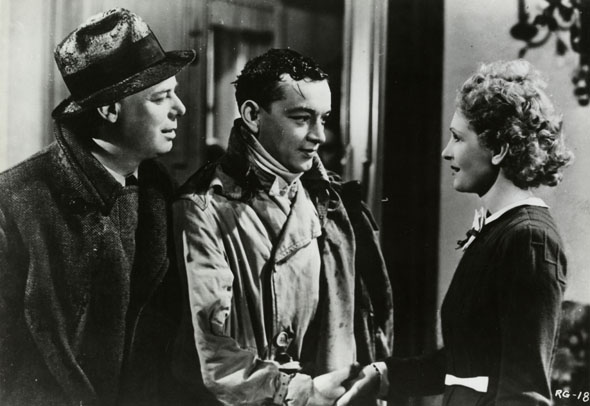
Jean Renoir was raised in a French household that praised beauty, seeing as his father was the Impressionist painter, Pierre-Auguste Renoir. Encouraged by his father, Jean Renoir started his career as a ceramicist. However, after being wounded in World War I, Renoir spent time watching films and in turn sought to explore the capabilities of film as art.
La Règle du Jeu tells the story of a group of high society individuals and their servants during a trip to a French chateau. The film serves as cross-sectional study of French aristocracy by dissecting societal structure, human behavior, and the nature of relationships.
Characterized by a strong narrative quality and heightened realism, La Règle du Jeu is a rejection of moral optimism in films, rather it expresses anxiety about the condition of humankind.
The elegance of French aristocracy is undermined. For example, a hunting scene becomes a merciless massacre of countless hares and birds, leaving the outing undignified as opposed to a refined activity. While laced with comedic elements, the comical quality of the film is forgotten upon the tragic ending.
The controversial portrayal of high society was later praised by the French New Wave directors, including François Truffaut and Jean-Luc Godard. La Règle du Jeu voiced Renoir’s personal apprehensions about the world around him. He asserts the presence of an auteur in his risk-taking that resonated with young New Wave directors, and in turn defined their own work.
5. La Belle et la Bête (Jean Cocteau, 1946)
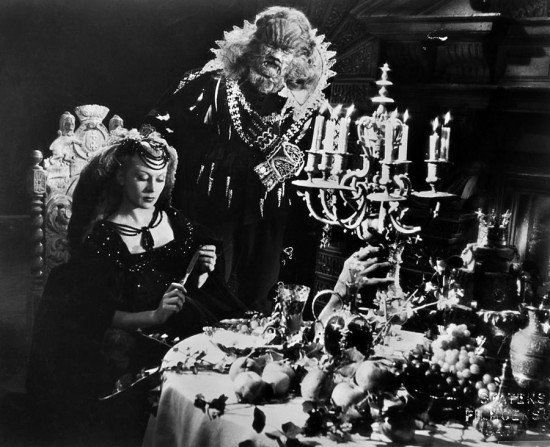
Jean Cocteau was a poet, painter, sculptor, and writer on top of his work as a filmmaker. Accompanied by his friends Pablo Picasso, Man Ray, and Francis Picabia, Jean Cocteau was a central figure in the Parisian arts community of his time.
The influence of blossoming artistic movements in Paris informed his multidisciplinary work, but especially his filmmaking. Borrowing from the surrounding art world is evident in Cocteau’s choice of adapting Jeanne-Marie Leprince de Beaumont’s children’s story, La Belle et la Bête.
Cocteau’s first feature length narrative film tells the classic story of a hideous beast and beautiful woman who time come to love each other equally. The role of the theater in Cocteau’s childhood is evident in the theatrical and emotional telling of the children’s tale.
La Belle et la Bête recounts Cocteau’s rich awareness of artistic practice. The influence Dada and Surrealism, movements he played a large role in, are put into motion.
Surrealism is evident in the home of the beast, alive with human arms lining the hallways and columns composed of real human faces. Poetic elements line the story and the whimsy of the setting, making Cocteau’s experience writing poetry evident.
Themes informed by mythology, melodrama, and psychoanalysis are illustrated through fantastic elements, accompanying the emphasis on visual quality. Clever trick shots and editing mark La Belle et la Bête as an artist’s film, while depth of emotion marks it as a poet’s film.